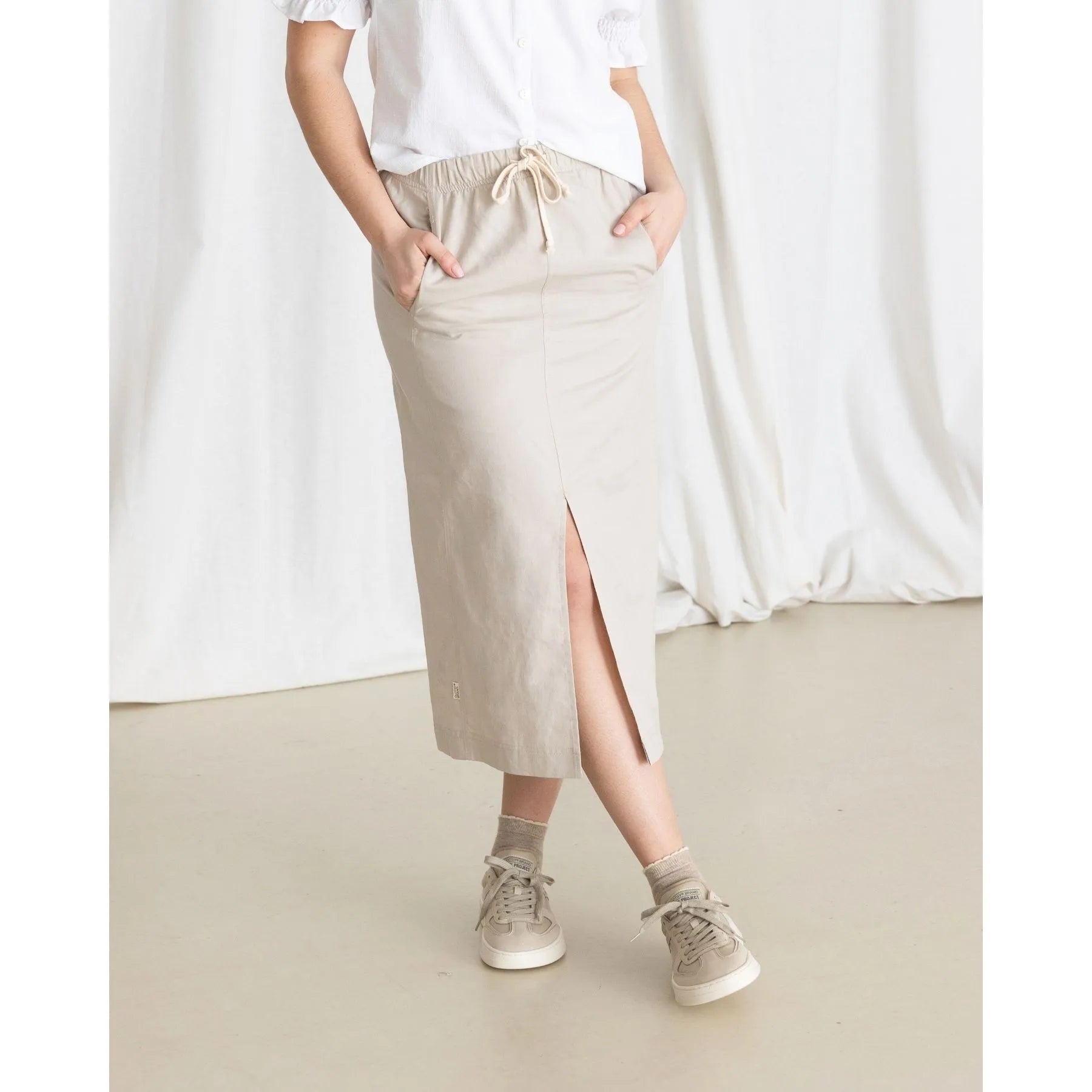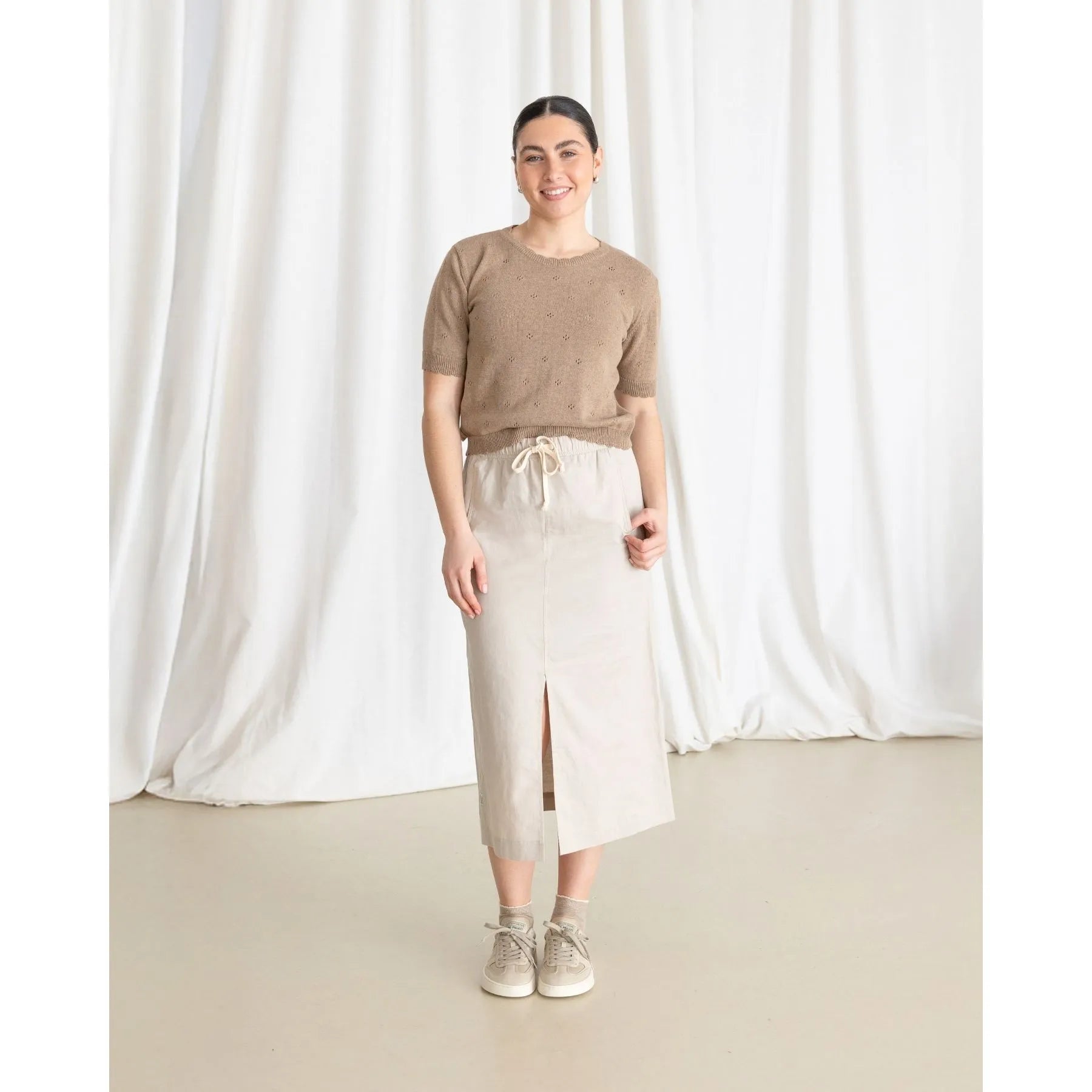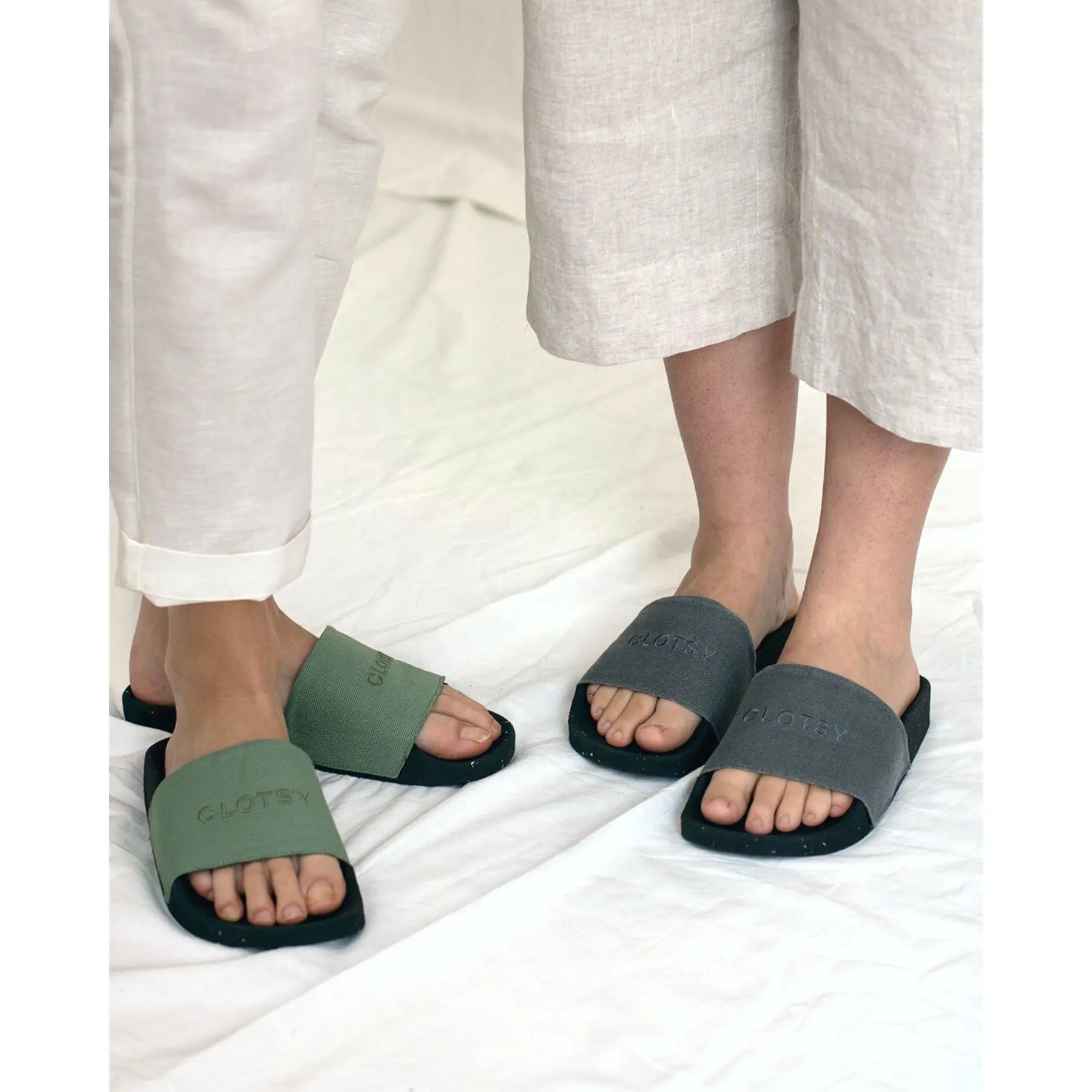The upcycling movement is becoming more and more fashionable, since it is an alternative that many of the brands have currently implemented to make use of waste and produce incredible and remarkable garments. It is the perfect idea to combine creativity with innovation and develop a much more respectful industry with garments that can be ideal especially for the field of vintage fashion. If you want to know more about it, keep reading.
What is upcycling?
It is a term that is used to define a technique that consists of transforming waste or waste into new elements of value . It can be implemented in any type of design and production of garments, furniture, decoration, textiles, among others.
All reusable materials are modified to offer a useful life, without the need to use industrial processes , and thus prevent it from becoming polluting waste.
It is important to consider that this concept can achieve a change in the way in which it is consumed, since it is the opposite of polluting and unsustainable systems such as fast fashion . Garments that are only used for a short period of time and are then discarded in landfills, contaminating planet earth for centuries.
Origin of the word Upcycling
It originated in 1994 from the mixture of two English words "upgrade" to update and "recycling" to recycle. It consists of the process of modifying old garments, waste or fabrics into something new, of value and of higher quality.
Differences between upcycling and recycling
- Recycling is characterized by being a method that consists of processing items in order to reuse their materials and transform it into a totally new product.
- Generally, the materials that are recycled are altered, that is, they are rearranged, decomposed and melted before being modified into the final product.
- The decomposition of recycled materials usually consume a high level of energy, causing emissions that make this process not so efficient and sustainable. Even only 9% of the materials are recycled.
- Recycling needs to use industrial procedures such as breaking down materials in order to use them.
- Upcycling adjusts parts of the products to create another of better quality without the need to use industrial decomposition methods and the combination of other elements.
- Upcycling consists of recycling using creativity to give another shape to a product that no longer has a useful life, in order to provide it with a longer use time and not become another disposable product. On the other hand, beyond recycling, this concept exists with the purpose of innovating the use of certain objects that already exist, to generate another.
Examples of upcycling
Upcycling in furniture
It consists of reusing worn, old or broken furniture and turning it into unique pieces to decorate any space in the home. There is no limit to creativity when we talk about furniture and products for the home, which do not require any type of expense beyond the physical work required to modify them.
Industrial upcycling
There are organizations that are responsible for reusing product waste that returns to consumer cycles. The Terracycle company is a clear example of this, since it develops programs that are responsible for collecting waste that is very difficult to recycle to manufacture cases, park benches, handbags, and containers, among others.
Upcycling in fashion
Productions in the textile industry generally demand a lot of polluting non-renewable energy , polluting chemicals, water, among others. This being highly polluting for the environment, as well as very unethical. That is why upcycling seems to be the best alternative, which not only artisans are using, but also many companies.
The garments that are not consumed and later discarded are disassembled and their tissues are used to create clothes , bookmarks, cases, any other product that is possible for the creativity of designers.
What materials are used for upcycling in fashion?
Just as the term upcycling is extremely broad, so is the range of materials that can be used in this technique. The idea is that you can use a wide variety of used, old or discarded elements to make completely new and functional pieces.
Frequently, materials such as acrylic, plastic, metal, wood, threads or textiles are used . But in reality, absolutely anything that can be used to produce a new product works.
If you are interested in recycling a garment, for example, but you do not know what material it is made of, we recommend reading microplastics in clothing on our blog, it may be useful.
Benefits of upcycling in fashion

Getting started in the world of upcycling is undoubtedly the ideal method to use garments that are not desired by consumerism and transform them into innovative garments. All with the aim of not contributing to the pollution of the planet and generating the least possible impact.
This movement, in addition to reducing the cost of productions and protecting the environment, has great benefits for the fashion industry, such as:
Does not harm the environment
Some of the materials that are used in the production of clothing are harmful chemicals, which cause serious environmental consequences such as air pollution and soil degradation. On the other hand, these chemicals can reach waterways, the water supply, among others, and cause serious complications.
What the upcycling movement does is that it reduces the use of additional raw materials and the use of toxic chemicals in the production of garments. Addressing problems such as air and water pollution, greenhouse emissions, waste, as well as the protection of tropical forests.
If you are interested in knowing more about the adoption of more sustainable practices in manufacturing, the use of biodegradable and recyclable materials and the promotion of reuse and responsible consumption, I invite you to discover the Zero Waste movement.
Reduces the cost of productions
In the fashion industry, recycling is one of the best alternatives to reduce the cost of production . Allowing retailers to reuse certain materials in the manufacture of new garments, so they don't have to spend more money making new material. Which means that companies with this method save more money and lower costs for consumers. Properly handling the objective of fair trade is what the industries want.
Save natural resources
Since it reduces the expense that new material requires, it can also prevent the depletion of natural resources . For example, if a brand is in charge of working with bamboo, and instead of cutting down trees it uses recycled bamboo, the cutting of extra trees is avoided and therefore deforestation and reduction of natural fibers.
Support local businesses
Boosting the economy of communities and supporting local businesses is one of the benefits offered by upcycling. In fact, it gives brands, like sustainable clothing brands , the ability to build new relationships and partnerships, as well as lessening the need to outsource to factories that use toxic products.
Attracts consumers
Currently, consumers are much more informed about the origin of the products they purchase. The reason for this is the state of environmental crisis today , reason enough for many to make more ecological and less polluting purchases. Well, they want to lead a sustainable lifestyle
On the other hand, according to Forbes, 93% of consumers around the world expect many of the brands to commit to protecting the environment. But in reality, many companies do not seem to be aware of the money that this type of product will make them, since users prefer to opt for higher quality elements, which have been manufactured with reused materials and which reduce pollution of the planet.
Allows you to be more creative
Using repurposed textiles gives you the chance to create unique lines and stylish garments that retailers can't offer consumers, but you can. You only need to have creativity and an excellent fashion designer's eye to make incredible designs with recycled garments
Ideas to implement upcycling in your closet
Don't you have any idea? Next, we will offer you some so that you can imagine and produce unique pieces at the same time. Pay attention!
- Tulle sheets to produce incredible dresses.
- Fleece blankets for pajamas, jackets and pants.
- Velvet covers for winter clothing.
- Jeans to create skirts.
These are just some ideas that you can implement, but don't limit yourself, be creative and innovative! Do you already know the practice that guarantees a better construction of your closet with ideal looks for day to day? Do not wait any longer and go take note on how to have a capsule wardrobe
Is upcycling sustainable?
Definitely, upcycling is a type of sustainability , since it is an ideal creative technique for reinventing and readjusting what already exists, but which no longer has a useful life. It promotes the circular economy and gives you the possibility to take advantage of all the resources you have, presenting itself as an alternative to mass consumption with great advantages for the environment and local businesses.
Upcycling at Clotsy Brand
At Clotsy Brand our garments are made with natural fibers such as organic cotton , ideal for all skin types. Although, we also have top products that are part of the upcycling concept, such as recycled flip-flops , made from recycled mattresses . They offer you the possibility of recycling 0.5 kg of mattress waste with each pair.
Get completely sustainable and environmentally friendly products!
Conclusion
With upcycling you can innovate and create unique pieces of great value. Anyone can start and collect a bunch of parts and produce something completely new. Consider all the current environmental conditions and contribute to the protection of the planet, using respectful and sustainable production methods.
Are you ready to start this journey in the world of upcycling? cheer up!













Leave a comment